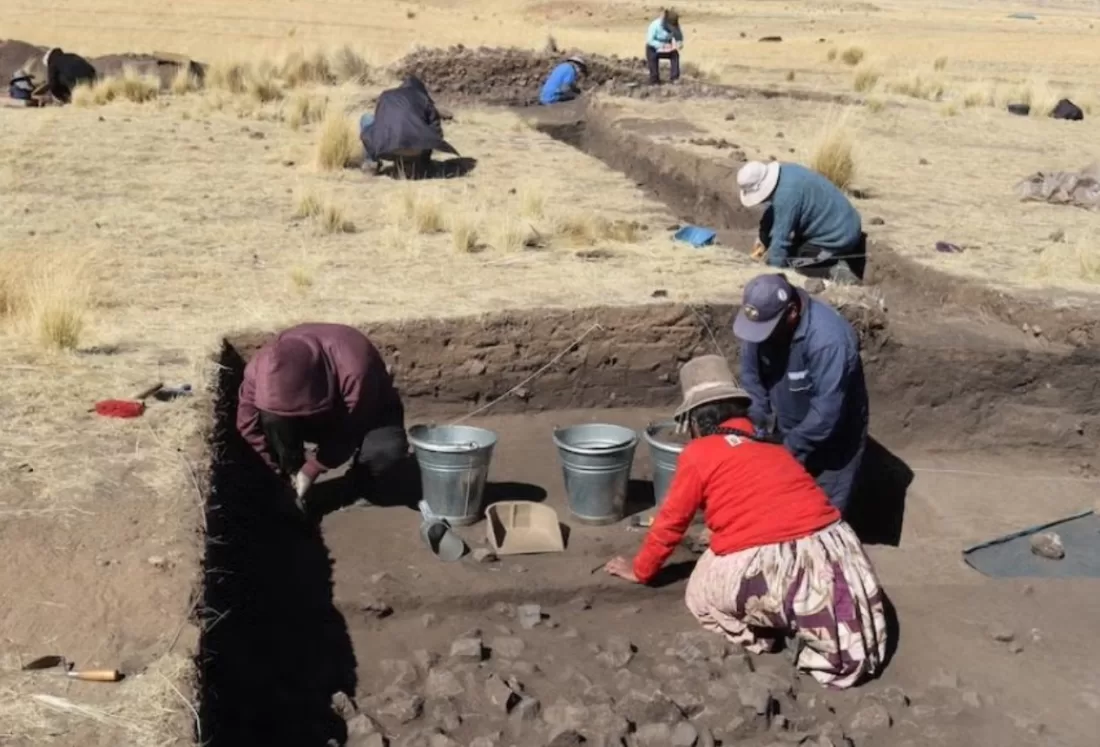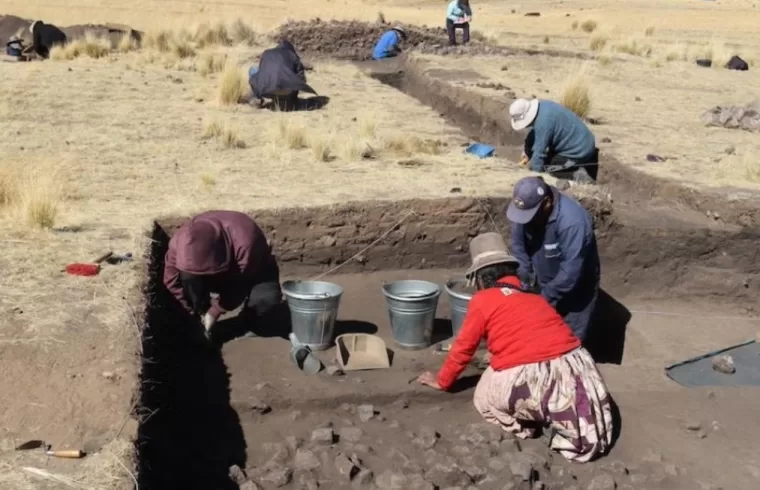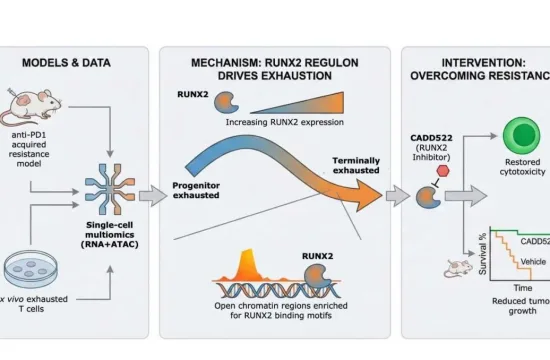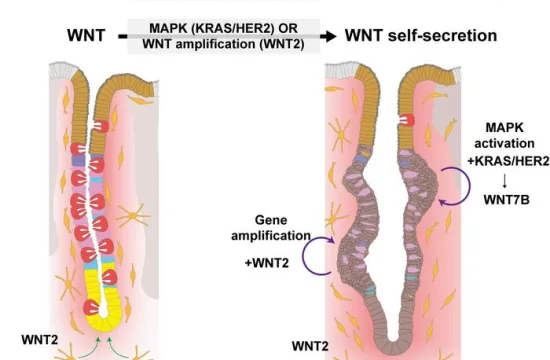|
Getting your Trinity Audio player ready...
|

Archaeologists have long thought that monumental architecture—large, human-built structures that emphasize visibility—was a product of societies with power structures, including social hierarchy, inequality, and controlled labor forces. But this notion is being questioned as researchers uncover evidence that hunter-gatherer groups also built such structures.
In new research published June 24 in the journal Antiquity, University of California researchers report evidence of monumental structures built by hunter-gatherer groups at Kaillachuro, a collection of burial mounds located in the Titicaca Basin of the Peruvian Andes. The discovery places monumental architecture in the region 1,500 years earlier than previously thought, researchers said.
“Most researchers in the Andes argue that monumental architecture is a product of elites, intentionally constructed as a space of centralized power,” said the study’s corresponding author, Luis Flores-Blanco, who researched while a doctoral student in anthropology at UC Davis. “We propose that monumentality can emerge from hunter-gatherer groups without institutionalized inequality.”
The study—co-authored by Mark Aldenderfer, a professor emeritus of anthropology and heritage studies at UC Merced—suggests that ritual memory of the dead played a key role in the rise of monumental architecture in the region.
Burial activity began modestly, researchers said, with simple pits in the ground.
Over time, these practices evolved into the construction of stone masonry burial boxes that were eventually covered by mounds of debris resulting from ongoing rituals and remembrances of the community’s ancestors.
2,000 years of communal memorialization
The sites at Kaillachuro were built over 2,000 years. Using radiocarbon dating, researchers suggest that these mounds are the earliest evidence of monumental architecture in the Titicaca Basin, with construction beginning about 5,300 calendar years before the present day. This is 1,500 years earlier than monumental architecture was thought to exist in the region.
“Kaillachuro is an extraordinary find because it shows that mounds were used in ritual contexts for over 2,000 years, though not necessarily continuously,” said Flores-Blanco, who is now a postdoctoral researcher at Arizona State University. “Our study shows that rituals surrounding the dead can, through repeated action, generate visible monumental formations in the landscape.”
Discovered in 1995 by Aldenderfer, Kaillachuro consists of nine low-lying mounds. Subsequent surveys and excavations of the mounds in the succeeding years uncovered human burials and stone tools, including projectile points, among other items.
The researchers theorize that Kaillachuro’s construction started when egalitarian hunter-gatherer groups began living in one place, allowing for population aggregation, low-level food production, expanded exchange networks, and the development of bow-and-arrow technology.
“In this way, Kaillachuro was not initially planned as a mound site but rather developed gradually through ongoing acts of burial ritual and remembrance tied to the community’s ancestors,” Flores-Blanco said.
An emphasis on remembrance of the dead
The study suggests an alternative pathway to mounded architecture that emphasizes community and ritual memory of the dead over societal power structures. In this instance, memory of the dead didn’t merely remain symbolic but manifested as a materially visible architectural form.
“In many societies, the burial of ancestors compels us to return, reminisce, and mark a space as special,” Flores-Blanco said. “At Kaillachuro, this happened in a similar way, though here, these repetitive practices formed mounds that not only shaped the landscape but likely also influenced the practices of the living. This form of construction, rooted in communal memory, is what makes it monumental.”
The research was supported by the National Science Foundation, the H. John Heinz III Charitable Trust, the Rust Family Foundation, the American Philosophical Society, the Instituto Francés de Estudios Andinos – Carlos Brignardello Grant, and the National Geographic Society.







